Teaching the New Tools of Monetary Policy
Resources for teaching the Fed's monetary policy tools in an ample-reserves framework.
{{searchResultSnippet}}
 Back to All
Back to All
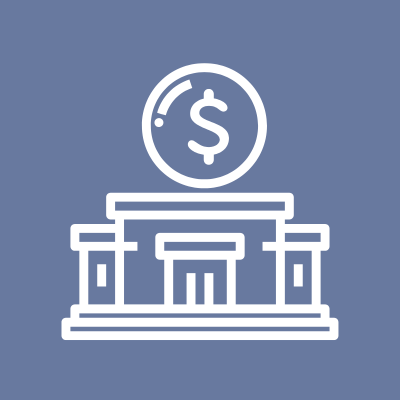
In this video assignment, learn about how bank examiners and the Federal Reserve supervise banks and financial institutions to ensure their proper role in the economy.
Fed Functions: Supervising and Regulating Financial Institutions SEBASTIAN: Hi I'm Sebastian. HELENA: And I'm Helena. We work for the Federal Reserve, the central bank of the United States. One of the 5 key functions of the Federal Reserve is to supervise and regulate banks and other financial institutions to ensure they operate safely. While we all rely on these institutions for traditional services like savings and checking accounts, credit cards and loans, they also play an important and increasingly complex role in the broader economy. That's why the Fed along with other regulatory agencies has the responsibility to supervise and regulate these entities, which include very small community banks all the way up to some of the largest and most recognized financial institutions in the nation and the world. SEBASTIAN: The operations, activities, and characteristics of financial institutions have evolved and expanded tremendously over the years and so has the Fed's approach to making sure they operate safely. The Fed monitors this changing banking landscape through both a wide and narrow lens. It monitors the financial system as a whole for its broader impact on the entire U.S. economy, paying close attention in particular to how financial institutions interact with each other and even with public institutions, including governments that participate in our economy. And for more than a hundred years, the Fed has supervised and regulated the operations of individual institutions, making sure they are safe and sound and are following the laws and regulations established for them by both Congress and regulators like the Fed. HELENA: The Fed sends examiners into a bank it supervises to check that it's operating safely. For example, testing whether it has enough capital to cover the risks from the loans it has made. And the Fed tailors its bank exams depending on the size of the institution and taking into account the impact they might have on the financial system and economy as a whole. So the very largest global bank and the smallest community bank are treated very differently. The largest banks have received even greater attention since the financial crisis from 2007 to 2009 when many large financial institutions either failed or were on the brink of failure, contributing to the global economic downturn that affected all of us. SEBASTIAN: When the Fed finds evidence that an institution hasn't followed laws or regulations, it requires a problem to be fixed and may even issue a penalty or if Fed supervisors and analysts notice trends and recurring activities across a financial system, it may change or enact new regulations to supervise programs that apply more broadly. HELENA: In the end, all these efforts help ensure that banks and the financial system are helping the U.S. economy and serving the public so that our communities, households, and businesses remain vibrant and growing. For more information on this and other functions of the Federal Reserve, visit federalreserve.gov and click on "About the Fed".

Teaching the New Tools of Monetary Policy
Resources for teaching the Fed's monetary policy tools in an ample-reserves framework.
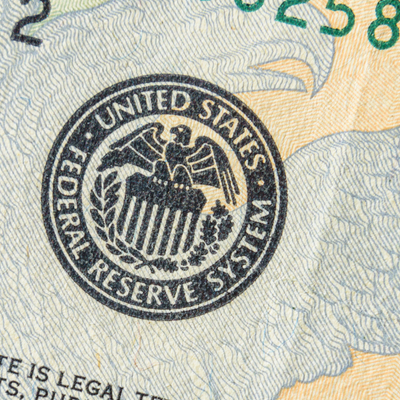
Making Sense of the Federal Reserve
Introduce the structure of the Federal Reserve and the basics of monetary policy.
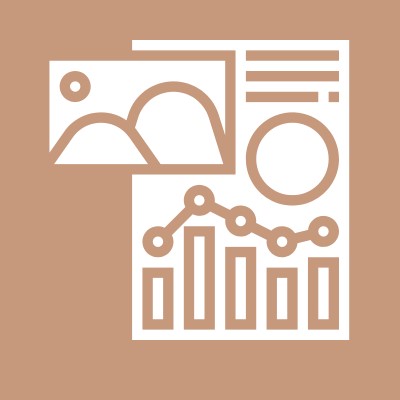
Fiscal & Monetary Policy
Define fiscal and monetary policy and highlight their differences.

Lecture Guide: How the Federal Reserve Implements Monetary Policy
This lesson teaches how the Federal Open Market Committee (FOMC) conducts monetary policy.
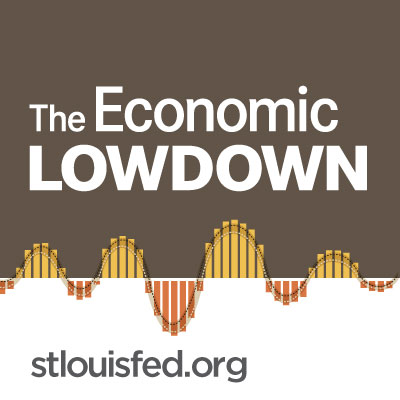
Econ Lowdown Podcast Series
21 Economics audio assignments for your classroom

Jargon Alert: Helicopter Money
Learn about a tool to stimulate economies and fight deflationary pressures.
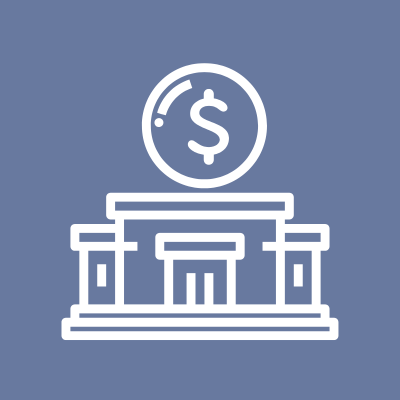
Conducting Monetary Policy
Learn about monetary policy.

Consumer Protections and Community Development
Learn one of the five key functions of the Federal Reserve.

Fostering Payment and Settlement System Safety and Efficiency
Describes the nation’s payment system and how the Fed plays a key role.

Promoting Financial System Stability
Understand the Federal Reserve System’s role in promoting financial stability.

The Three Key Entities
Discusses the three key entities of the Federal Reserve System.
{{resourceTitle}}
{{resourceBlurb}}